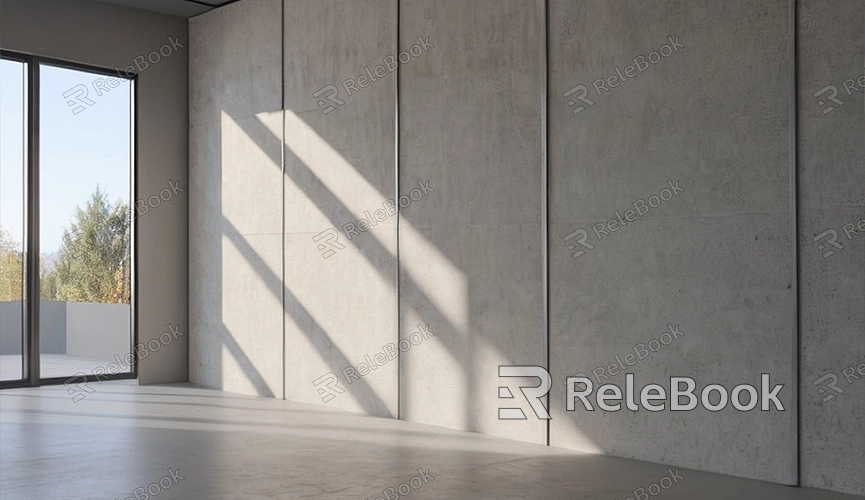3dsmax how to paint textured walls
In interior design, painting walls is one of the important steps to create atmosphere and personalize spaces. When it comes to textured walls, however, painting requires some special techniques and considerations. In this article, we'll discuss how to paint textured walls in 3ds Max and share some practical tips.
1. Create Texture Materials
Before painting, you need to create texture materials for the walls. You can use 3ds Max's built-in material editors like the Slate Material Editor or use external texture assets. Choose appropriate texture maps and apply them to the wall model.

2. Adjust Material Parameters
When adjusting material parameters, consider the type and detail of the wall texture. You can achieve the desired painting effect by adjusting parameters such as color, reflectivity, and roughness. Depending on your needs, you can add appropriate textures, such as bricks, wood grain, etc., to enhance the visual appeal of the walls.
3. Use Layer Blending
In 3ds Max, you can use layer blending to create complex texture effects. By overlaying different texture layers and adjusting their opacity and blending modes, you can achieve richer and more realistic wall texture effects. Experiment with different blending modes like Overlay, Soft Light, Multiply, etc., to get diverse effects.
4. Add Lighting and Shadows
Before rendering, ensure there are sufficient lights and shadow effects in the scene. Proper lighting settings can enhance the three-dimensional and tactile qualities of the wall texture, making it more realistic and vivid. Adjust the position, intensity, and color of the lights for the best rendering results.
5. Real-time Preview and Adjustment
Real-time preview and adjustment during the painting process are crucial. You can use real-time renderers like Arnold or V-Ray in 3ds Max to see the rendering effects in real-time and make parameter adjustments and corrections as needed.
6. Render Output
Once painting and adjustments are complete, you can proceed with the final rendering output. Choose appropriate rendering settings and output formats to render the scene into images or animations, and save them to your computer or directly share them with clients or team members.
By following these steps, you can easily paint textured walls in 3ds Max and achieve rich visual effects. If you need high-quality 3D textures and HDRI or 3D model downloads while creating models and virtual scenes, you can download them from Relebook and directly import textures and 3D models into your project for use.

